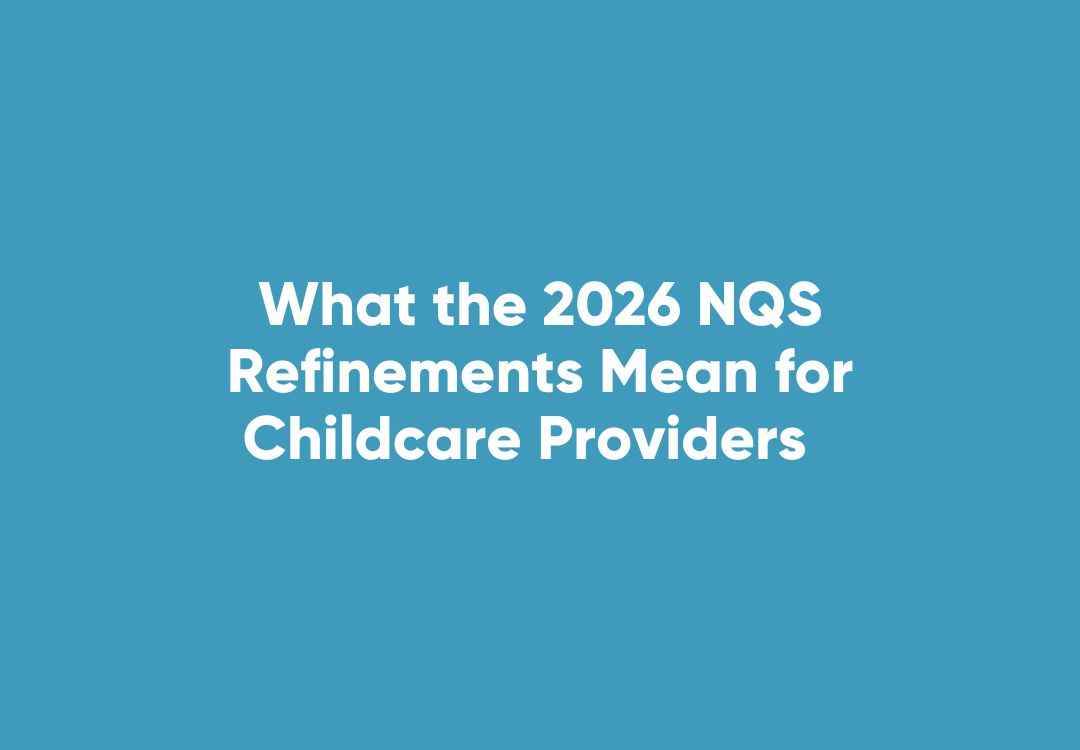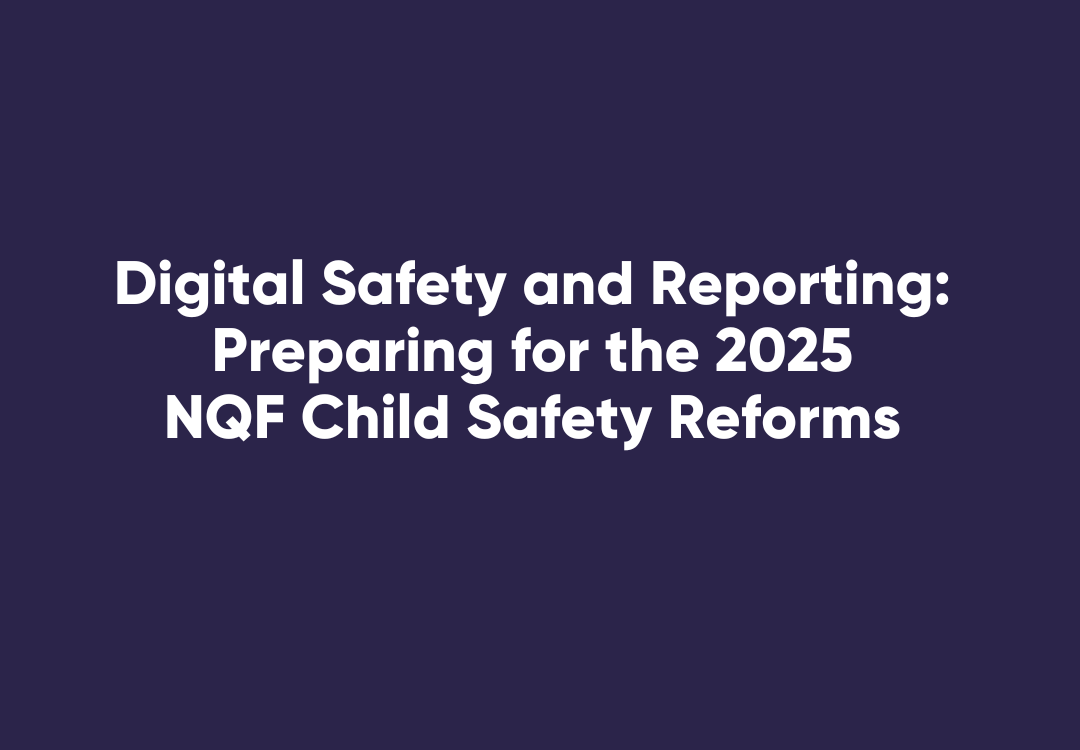Which Types of Injuries are Common Among Staff Over Summer?
Working during the summer months may be a serious risk to employee wellbeing.
Have you considered developing specific procedures to handle this risk?
A work health and safety induction is a good start, as this will give staff the right baseline of knowledge to be able to rectify and manage workplace heat stress.
So what are the main risks that workers are exposed to during the summer?
Here are three areas which companies will need to be aware of if they want to keep workers safe over summer:
1) Heat-related conditions
During summer, there are a range of health-related conditions that are unique to the warmer months.
When temperatures increase, the incident rate for conditions like heat cramps, dizziness, nausea and stroke follow suit.
As well as these conditions, there is also the impact that heat can have on other processes.
Motor skills are likely to decrease in extreme heat, which means employees are at higher risk of injuries from operating machinery.
2) Young workers
Employees who are between the ages of 15 and 30 have higher rates of injury during hot weather, compared to older workers.
Analysis from the University of Adelaide* found that employees who had been in a job less than 12 months were responsible for more than half the injuries they studied, likely due to inexperience on site.
The research went on to suggest that employers need to take a more active role in preventing these injuries, by raising awareness and implementing control measures.
While heat-related conditions were common among inexperienced workers, the study revealed an increase in risk right across the board.
In temperatures over 30 degrees, workplaces saw an almost 10 per cent increase in accidents.
3) Type of work affects injury rates
Perhaps unsurprisingly, the risk of injury during summer is much higher in industries that require a lot of work outside.
Workers on major construction projects and in the agricultural sector are particularly vulnerable, with outdoors industries like traffic management seeing higher injury rates.
In all of these industries, educating staff about proper protective clothing is going to be essential.
At the same time, it would be wrong to assume that heat-related injuries are solely for outdoors positions.
Workers in confined spaces will also be at risk from heat-related conditions, even if they work indoors.
For managers, one of the best solutions to helping workers is to implement a customisable work health and safety training programme, like that offered through WorkPro.
This system will ensure that all of your staff have the skills necessary to handle the summer heat and any other issues they face.
* University of Adelaide, Discipline of Public Health, “Hot Weather and Young Worker Injuries in South Australia”.












